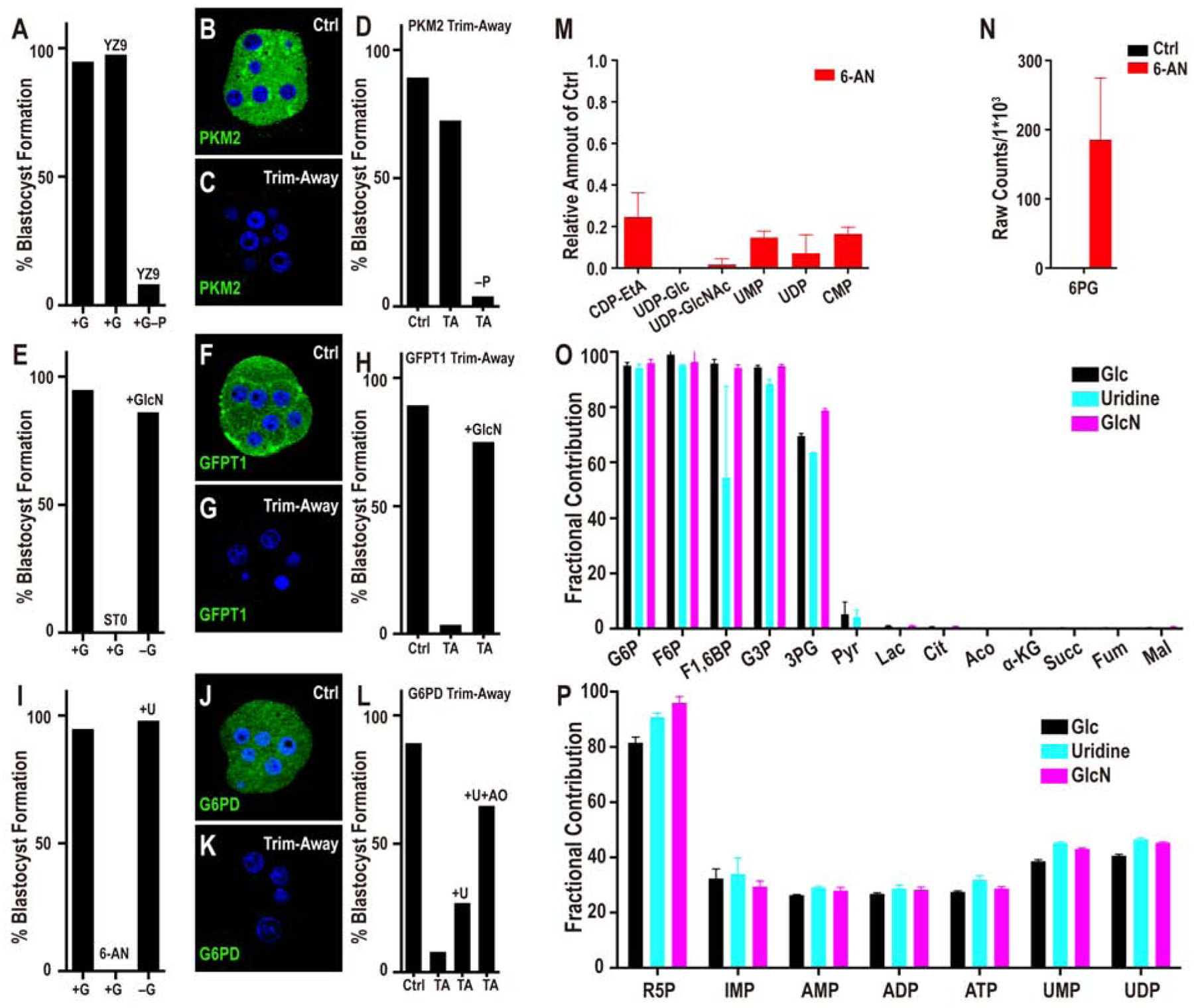Figure 3. Metabolic contribution of glycolysis, PPP and HBP.

(A) Glycolysis inhibition by YZ9 has no adverse effect on blastocyst formation unless the medium lacks pyruvate (+G–P +YZ9). (B-C) PKM2 staining at the morula stage. (B) Control injected with unrelated antibody and mCherry-Trim21 mRNA shows robust expression of PKM2. (C) Injection of mCherry-Trim21 mRNA along with an antibody against PKM2 leads to complete loss of the protein. (D) PKM2 depletion does not affect blastocyst formation unless the growth medium lacks pyruvate.
(E) Inhibition of O-glycosylation (by ST045849) blocks morula to blastocyst transition. Supplementation with GlcN fully rescues the morula block phenotype seen in −G. (F) Control embryo shows robust expression of GFPT1 that is lost upon Trim-Away depletion (G). This causes a morula block that is fully rescued by GlcN (H).
(I) Inhibition of PPP by 6-AN blocks the transition from morula to blastocyst. Supplementation with uridine (U) fully rescues the morula block phenotype seen in −G and restores blastocyst formation. (J-K) G6PD staining at the morula stage. (J) Control IgG shows robust expression of G6PD. (K) G6PD Trim-Away leads to complete loss of the protein. (L) Depletion of G6PD (PPP) by Trim-Away causes a morula block and prevents blastocyst formation. Uridine partially rescues G6PD loss, and this rescue is significantly better in the presence of an antioxidant (AO).
Note: experiments shown in (A, E, I) and (D, H, L) were performed together, and so the respective controls are shared between the groups.
(M) Blocking the oxidative branch of the PPP pathway with 6-AN causes a significant reduction in the levels of nucleotides and nucleotide derived metabolites. The data are normalized to the corresponding controls set at 1.0. (N) 6-PG accumulation following 6-AN treatment.
(O, P) Embryos cultured in U-13C glucose (black), or in U-13C GlcN (without glucose, light blue) or in 13C uridine (without glucose, purple). U-13C GlcN and 13C uridine show a virtually identical metabolic labeling pattern as U-13C glucose.
